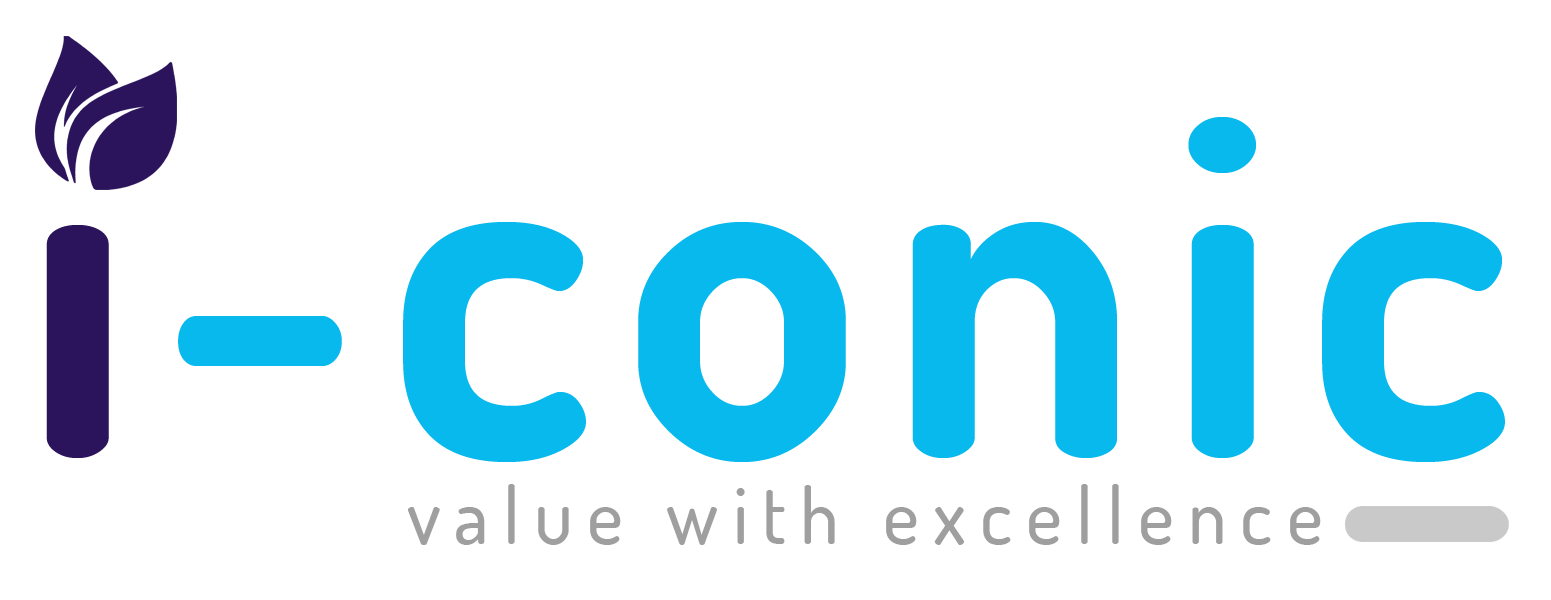The global medical coding market was valued at USD 38.58 billion in 2024 and is projected to grow from USD 42.36 billion in 2025 to USD 89.49 billion by 2033, at a compound annual growth rate (CAGR) of 9.80% during the forecast period from 2025 to 2033.
New York, United States, Jan. 22, 2025 (GLOBE NEWSWIRE) — Medical coding plays a critical role in transforming healthcare diagnoses, procedures, supplies, and tools into standardized alphanumeric codes. This process involves selecting the appropriate regulations, gathering relevant information from supporting records, and creating claims that insurance companies will approve. Additionally, it provides insights into the distribution of diseases within populations. This data enables federal and state governments to plan resources effectively to address major health concerns and initiate programs focused on the prevention and treatment of affected populations. As a result, medical coding has widespread applications across hospitals and diagnostic centers worldwide.
Market Dynamics Increasing Demand for Coding Services Fuels Market Growth
Medical coding involves converting data from patient medical records, doctor’s notes, prescriptions, lab results, diagnoses, and procedures into standardized alphanumeric codes for third-party payers, such as insurance companies. Medical coding and billing form the backbone of the healthcare system, enabling efficient communication between healthcare providers and insurers. By categorizing medical procedures and treatments, medical coding ensures that both doctors and insurance providers can understand the data.
In the current environment, medical coding is increasingly used to maintain proper patient care records, simplify billing processes, accelerate physician payments, and identify areas of healthcare that need additional focus. A medical coder, who ensures that data is accurately and effectively transmitted between healthcare providers and insurance companies, is a crucial allied healthcare professional. The rising incidence of chronic diseases, such as cancer, is expected to lead to increased hospital admissions and patient volumes, generating large amounts of data in medical records throughout the forecast period.
ICD-11 Implementation Presents Tremendous Opportunities
Medical coding is an essential but evolving element of the healthcare industry. With the number of codes and diagnostic standards rising rapidly, artificial intelligence (AI) is becoming essential for accurate code assignment. The market is set to benefit significantly from the introduction of the ICD-11, which offers numerous advantages over the previous ICD-10. The ICD-11 will be easier to implement, operate, and can be accessed both online and offline. Compared to earlier versions, ICD-11 is more user-friendly, less expensive to code, and ensures higher data accuracy for superior outcomes. Modern technology is the key driver behind these improvements, as the digital architecture ensures compatibility with current IT systems.
The healthcare industry has undergone various reforms, driven by factors such as rising costs, changing regulations, evolving business models, and a growing shift towards value-based patient care. These changes have accelerated the adoption of new technologies and the upgrade of existing ones. Emerging technologies, such as artificial intelligence, are expected to speed up the development of medical coding. Cloud services and cost-effective outsourcing of medical coding services are also anticipated to drive further market expansion.
Regional Analysis
North America is the largest revenue contributor to the medical coding market and is expected to grow at a CAGR of 11.04% during the forecast period. The demand in the United States is primarily driven by factors such as the rising rates of chronic diseases, an aging population, and a highly developed healthcare infrastructure. According to the American Heart Association’s 2018 report, heart disease accounted for one in seven deaths in the United States. Cardiovascular conditions like coronary heart disease (43.8%), stroke (16.8%), heart failure (9.0%), high blood pressure (9.4%), and diseases of the arteries (3.1%) were leading causes of death in 2018. Medical professionals, such as doctors, can process insurance claims more efficiently, aided by companies like Prestige Revenue Management, a leading medical billing service provider in the U.S., which employs advanced tools and technologies to deliver affordable billing services nationwide.
In Europe, the medical coding market is anticipated to grow at a CAGR of 10.62% during the forecast period. Germany’s market is expanding due to the aging population, rising demand for coding services, and increasing pressure to streamline hospital billing processes. In Germany, all inpatient and outpatient admissions must be documented and coded by the attending physician. The German Coding Guidelines allow for updates to the health information system, ensuring that essential health data is captured. Legal restrictions on coding usage are expected to boost the market in the coming years.
Key Highlights
- The global medical coding market was valued at USD 38.58 billion in 2024 and is projected to grow from USD 42.36 billion in 2025 to USD 89.49 billion by 2033, at a CAGR of 9.80% during the forecast period from 2025 to 2033.
- The market is segmented based on classification systems into the International Classification of Diseases (ICD) and the Healthcare Common Procedure Coding System (HCPCS). The ICD segment is the largest contributor to the market and is expected to grow at a CAGR of 11.97% during the forecast period.
- Based on components, the global medical coding market is divided into in-house and outsourced segments. The outsourced segment is the highest contributor and is projected to grow at a CAGR of 11.39% during the forecast period.
- The market is further segmented by end-user, with hospitals and diagnostic centers being the key categories. The hospital segment is the largest contributor and is expected to grow at a CAGR of 11.43% during the forecast period.
- North America is the leading revenue contributor and is forecast to grow at a CAGR of 11.04% during the forecast period.



